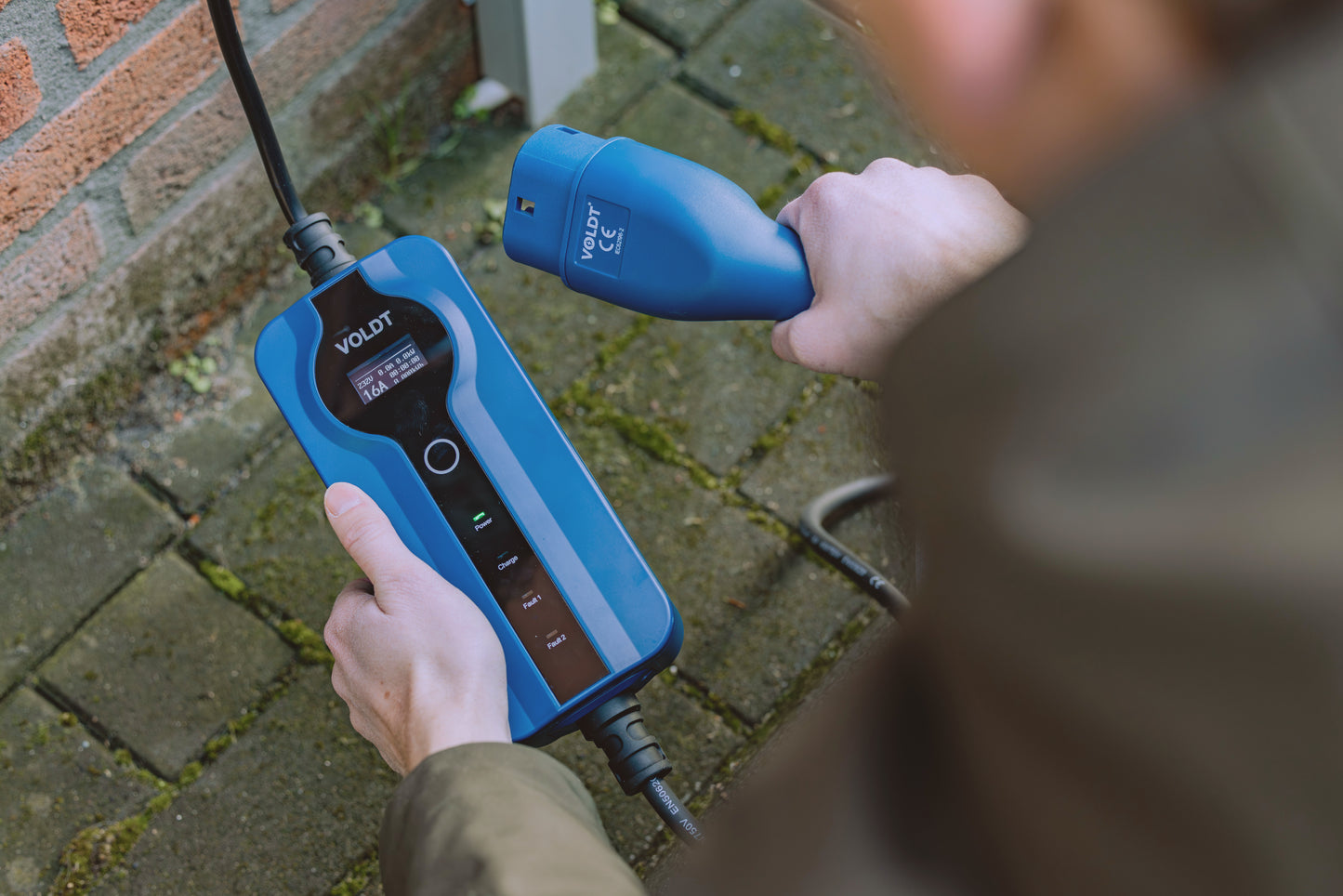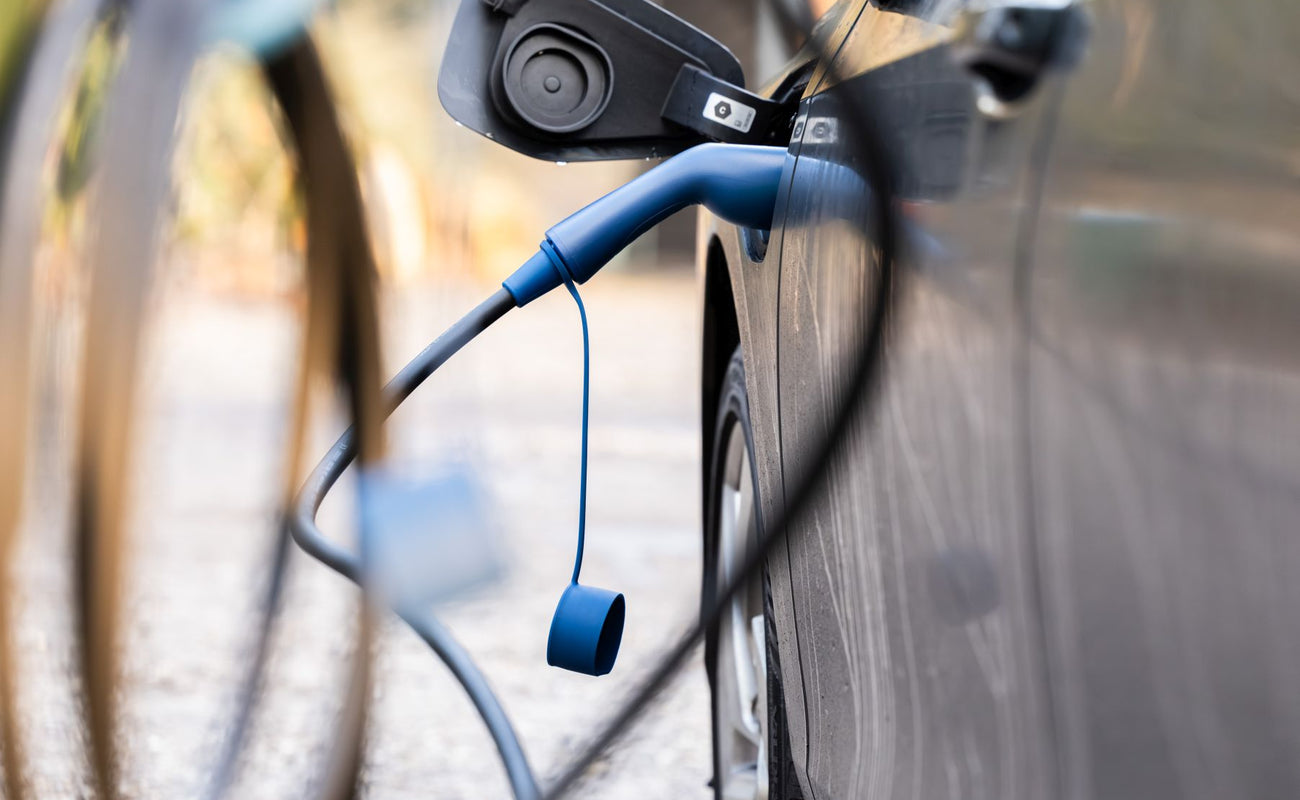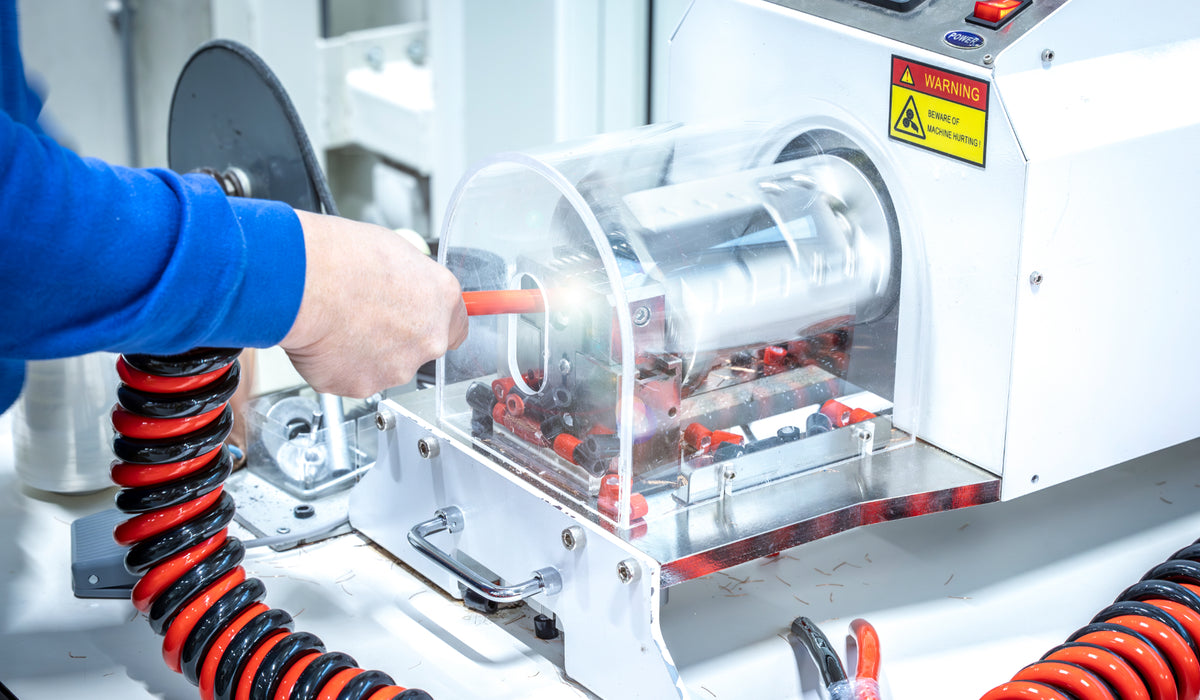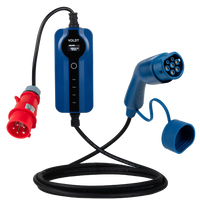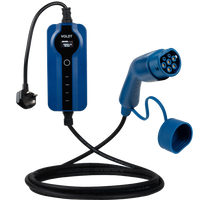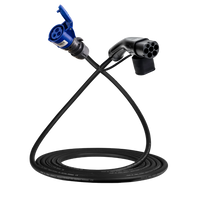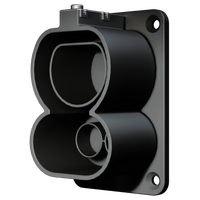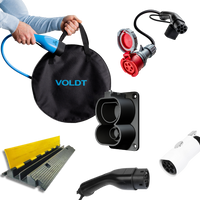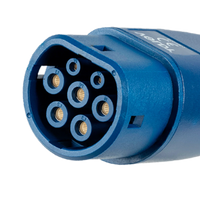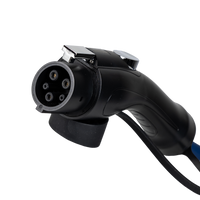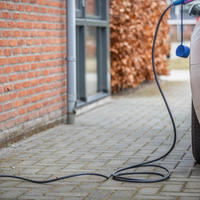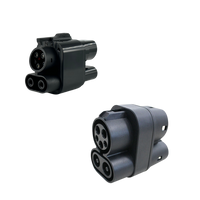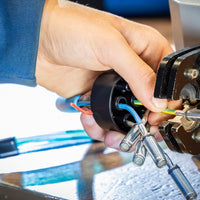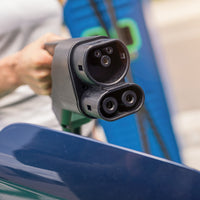The difference between Mode 1, Mode 2, Mode 3, and Mode 4 charging lies in the level of communication and safety between the electric vehicle (EV), the charging cable, and the power source, as well as the type of current used (AC or DC). Each mode represents a different way of delivering electricity to an EV, with increasing levels of control and safety from Mode 1 to Mode 4.
Mode 1 charging is the most basic and outdated form of EV charging. It involves a simple cable that connects an EV directly to a standard household socket (AC), with no built-in communication or safety features. The cable lacks a control box, so there's no way to verify if the vehicle is drawing power safely. As a result, Mode 1 is rarely used for modern EVs due to high risks such as overheating, electric shock, and potential fire hazards. It is also not compliant with many international safety standards, and is banned in several regions.
Mode 2 charging improves on Mode 1 by adding an In-Cable Control and Protection Device (IC-CPD). This allows the charging cable to plug into a standard socket (usually Schuko or BS 1363) while integrating basic safety functions like temperature monitoring and earth leakage protection. The IC-CPD enables limited communication between the cable and the vehicle, typically restricting the current to safe levels (usually up to 10 A or 13 A). This makes Mode 2 a practical solution for occasional or emergency charging at home, but it’s not ideal for regular use due to slower charging speeds and stress on domestic wiring.
Mode 3 charging involves dedicated EV charging stations connected to the AC grid, using a Type 1 or Type 2 connector and enabling full communication between the EV and the charging infrastructure. These stations can deliver higher current levels (typically up to 32 A or even 63 A), resulting in faster charging. Mode 3 setups include advanced safety protocols such as automatic power cut-off, dynamic load management, and secure identification. This is the standard mode for public AC charging points and home wallboxes across Europe, especially using Type 2 connectors in accordance with IEC 61851.
Mode 4 charging is used exclusively for DC fast charging. In this mode, the AC to DC conversion happens within the external charger, not inside the vehicle, allowing for much higher power delivery—typically from 50 kW up to 350 kW. It requires heavy-duty connectors like CCS (Combined Charging System) or CHAdeMO and involves constant, high-level communication between the vehicle and the charger for current regulation, battery monitoring, and thermal management. Mode 4 is ideal for quick top-ups on motorways or commercial fleets and is governed by standards like IEC 61851-23 and IEC 62196-3.
In summary, Modes 1 and 2 are for basic or household charging (AC), Mode 3 is the most common AC charging method with integrated safety and communication, and Mode 4 is used for rapid DC charging with full system integration and high power delivery.




